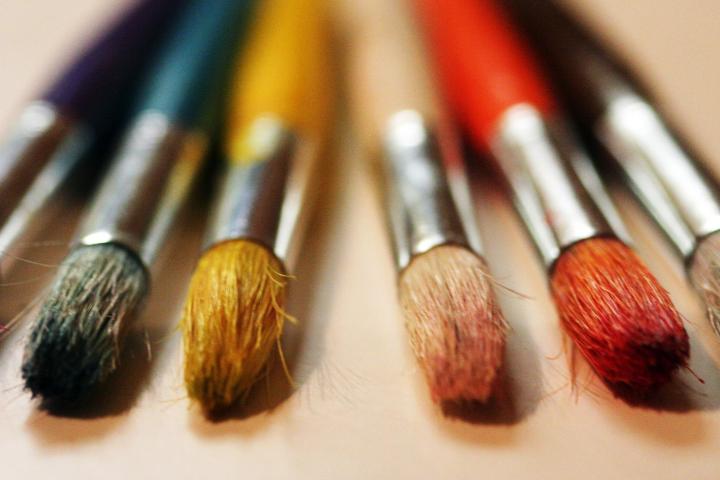
The results of an almost decade-long study by investigators at the U.K.’s University of Liverpool, a newly published research project analyzed brushstrokes in thousands of paintings from artists ranging from Salvador Dali to Claude Monet to correlate what we know about their health with the way they painted.
On paper (should that be “on canvas?”) it makes sense. We have a plethora of images to analyze from artists, created over the course of often long careers. Artists like Dali and Norval Morrisseau both suffered from Parkinson’s disease, while others in the data set suffered from Alzheimer’s disease and yet more who did not suffer any diseases serve as a control group. In all, 2,092 paintings were analyzed from seven well-known artists.
Intriguingly, the work revolved around the fractal patterns found in the work of artists. Fractal patterns are repeating patterns most commonly found in nature, which repeat at increasing magnitudes. Fractals can be found in the surf at the edge of a beach, which builds into a small wave, and then into a larger wave in the ocean. Others can be found in humans — in our brain waves, heart beats and lungs. It is believed that nature adapted these forms because they are the most optimal form.
“Psychologists have known for some time that it possible to see changes in the written words of those who later go on to develop neurological problems,” Dr. Alex Forsythe, leader of the research team, told Digital Trends. “There is also a process known as ‘micrographia’ which is used to diagnose Parkinson’s disease. It occurred to me that perhaps the fractal could be the micrographia for the artist.”
The study is interesting in that, despite artists like Picasso (who aged normally) showing great experimentation throughout his career, the team discovered that his “fractal range” remained much the same throughout his lifespan.
“For artists who developed neurological problems the pattern is quite different,” Forsythe said. “For dementia suffers, the fractal range decreases across a lifespan, while for those with Parkinson’s disease the fractal dimension increases, then shifts across lifespan into an inverted ‘U.’ The changes are taking place before clinical diagnosis, and perhaps even before the individual realized anything was wrong.”
So does this mean that one day a machine may be able to add “painting analysis” to its list of possible diagnostic tools for early onset neurological disorders? Perhaps, but let’s not be too hasty.
“We tried to automate the process and use computerization to speed up the analysis and it constantly failed,” Forsythe noted. “This is one of the reasons it took me nine years to complete this analysis. We needed a human involved in the process. More samples are needed and if we can find a way to automate the analysis it would be a considerable advantage.”
What he hopes for in the short term is that the research “might open up conversations between science and art.” After all, it seems that clues about our cognitive functions and wellbeing can be hidden in places we don’t immediately expect to find them.


